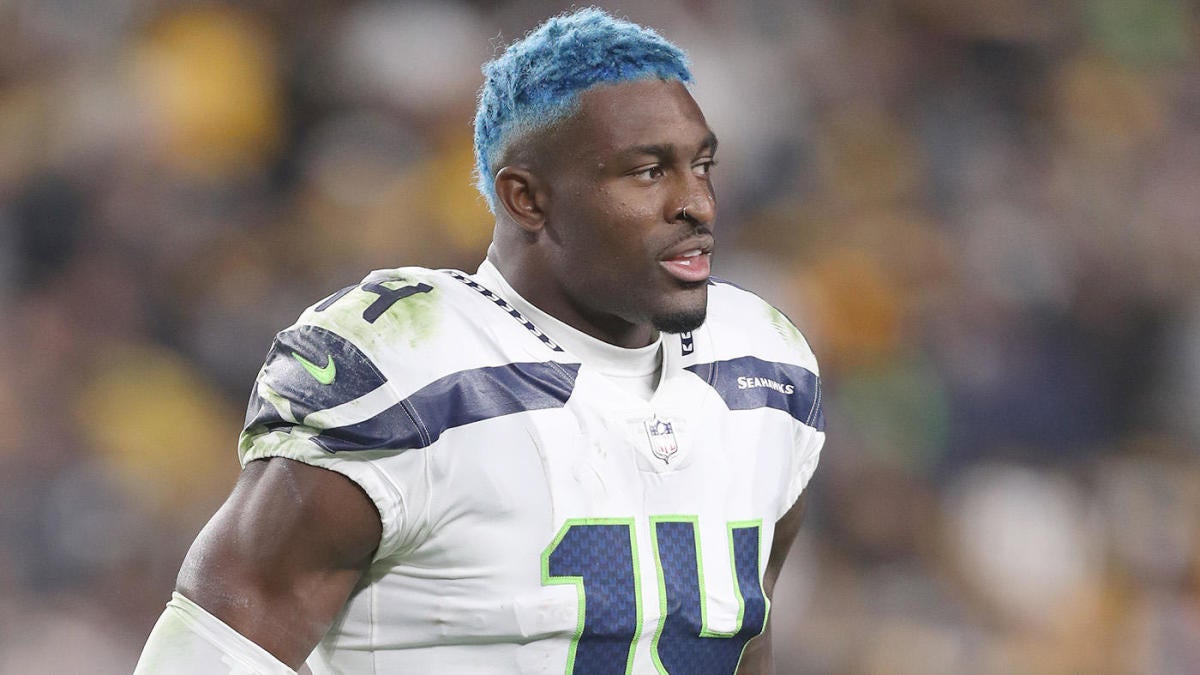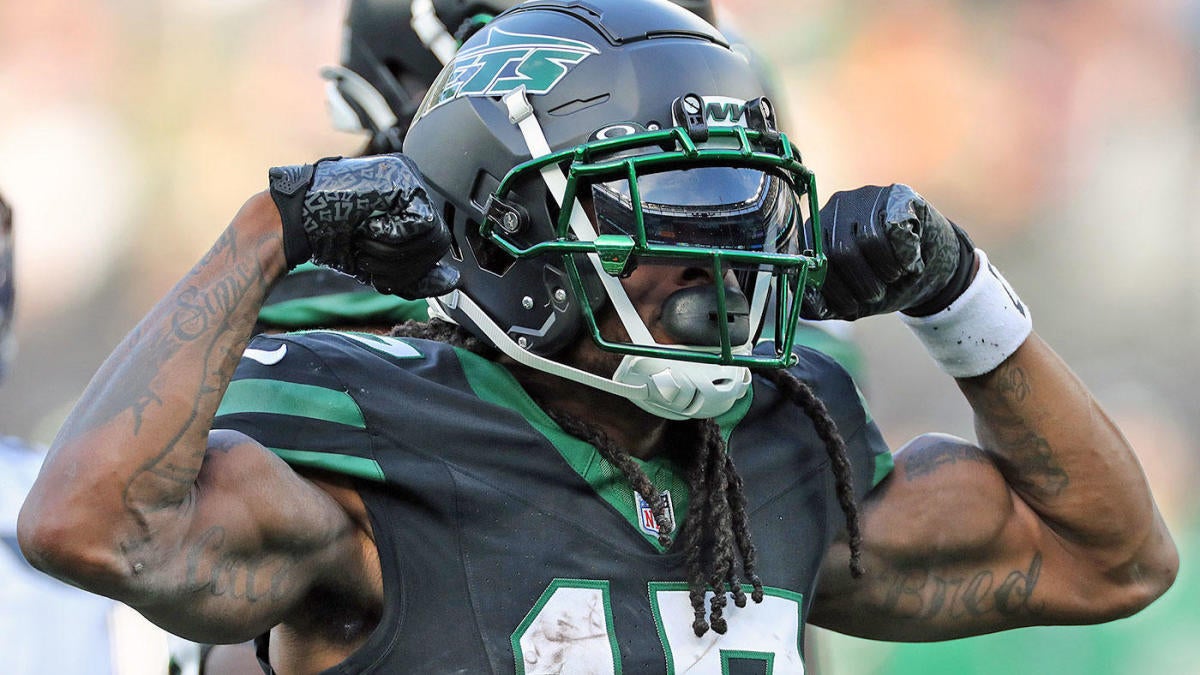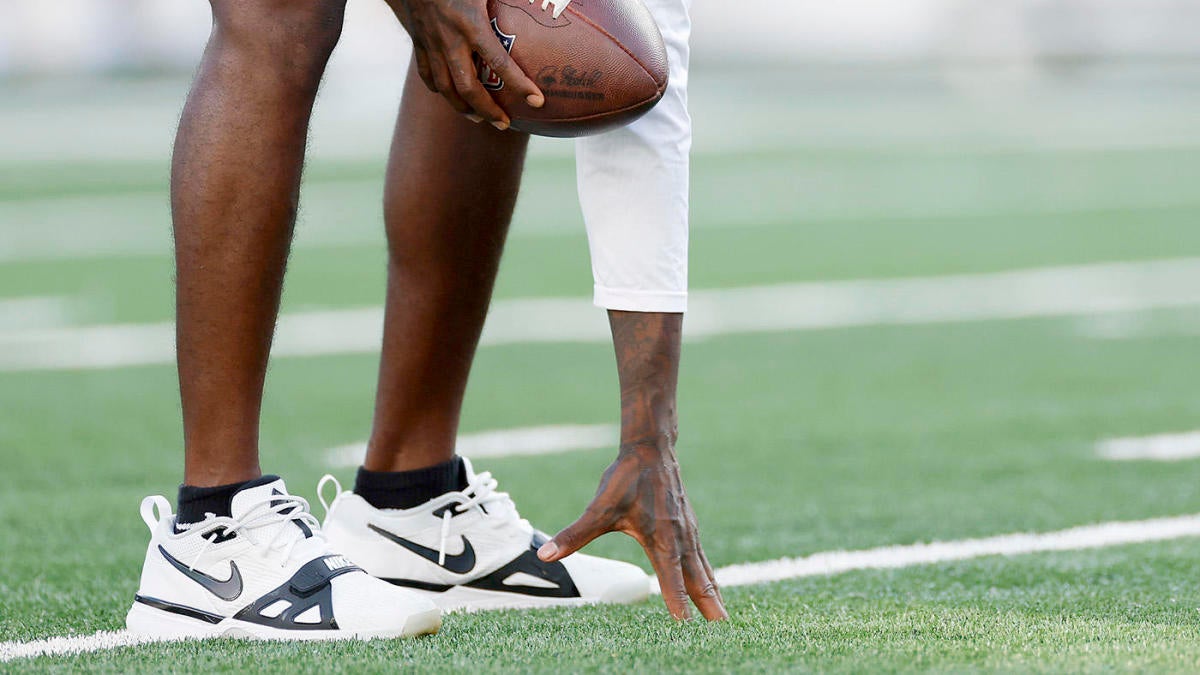
One week into the 2023 NFL season, the debate over playing surfaces has risen back to the surface.
Four-time NFL MVP and would-be Jets savior Aaron Rodgers tore his Achilles tendon Monday night to end his season — and possibly his career. The injury occurred at MetLife Stadium, so infamously known in recent years for its high lower-body injury rate that this offseason it had to get a new and improved synthetic surface.
The injury itself is tough to blame on the surface. And earlier this week, an NFL executive said there’s “no difference” in Achilles injury rates between natural grass and synthetic surfaces in data going back to 2015. Even one day before Rodgers went down, Ravens running back J.K. Dobbins tore his Achilles on Baltimore’s natural grass surface.
That hasn’t prevented the conversation from roaring back into the public consciousness, even if only as part of cognitive bias. Players and their union say they prefer natural grass fields, and some data analysis backs them. However, with many NFL owners having control over stadiums that they own, the league posits that making “grass vs. turf” simply grass vs. turf is reductive.
Essentially, the players say it’s a black-and-white issue. The NFL says it’s nuanced.
Having covered this issue for several years, I have found some complexities to the discussion. But if the NFL suffers more high-profile injuries on synthetic surfaces to the stars of the sport — no matter if those injuries are even directly related to the playing surface — the complexities will matter less and the noise will become more difficult to avoid or ignore.
“We have stadiums where — we have certain natural grass fields where there is a lower injury rate than synthetic and some synthetic fields with a lower injury rate than natural grass,” Jeff Miller, NFL executive vice president of communications, public affairs & policy and health & safety, said Tuesday in a conference call with reporters. “So, our effort is to try to drive down those rates on both surfaces and working with a bunch of experts, the players association and others, to innovate in those areas is something that is really important to us and hopefully in the next couple years we’ll begin to see some progress in those spaces.”
The NFL Players Association has a new executive director, but its message remains the same. Lloyd Howell took over in June, and in some of his first public comments since the introductory press conference, he said Wednesday what his membership has said for years before he got there.
“Moving all stadium fields to high quality natural grass surfaces is the easiest decision the NFL can make,” Howell said in a statement. “The players overwhelmingly prefer it and the data is clear that grass is simply safer than artificial turf. It is an issue that has been near the top of the players’ list during my team visits and one I have raised with the NFL.”
Data and the details
Almost invariably compared to natural grass, turf is easier to maintain, cheaper over the lifetime of the surface and more revenue-generating for those in control of the stadium.
But simply having a natural grass surface isn’t enough. To Howell’s point, the fields must be well maintained and of high quality. A wet Soldier Field in December can be more difficult to play on than in September. Natural grass in Cleveland can struggle to hold up in the winter months, too. Washington’s FedEx Field wasn’t good any time of the year under Dan Snyder’s stewardship.
According to the Titans, Tennessee’s natural grass was so inconsistent and poor in a “transition climate zone” that the team had to switch to a synthetic surface in the offseason for the safety of their players. The NFL itself spent more than a year overseeing and growing a specially made natural grass surface for last season’s Super Bowl, only to see the league’s best pass-rush unit be unable to find its footing in the game.
The overall injury data is impossible to ignore. The NFL and NFLPA are in agreement that non-direct contact injury rate is higher on synthetic surfaces than grass. And the 2022 season saw the biggest gap in injury rates between surfaces since 2016.
“Now,” NFLPA president JC Tretter wrote in April, “10 of the previous 11 years show the same exact thing — grass is a significantly safer surface than turf.”
Again, certain synthetic surfaces perform better than certain natural grass surfaces and vice versa. And it’s important to note that some synthetic surfaces appear to have a lower rate of high-burden injuries like ACL tears compared to other surfaces both synthetic and natural. But the overall data clearly and indisputably shows the inferiority of synthetic surfaces when it comes to non-contact injuries.
As this battle waged on last year, the NFL noted the injury rate in 2021 was nearly identical between grass and synthetic surfaces. Controlling for random effects and excluding contusions and inflammations, the difference for that season, the one in 11 mentioned above, was statistically insignificant.
But tell that to the players who were in that small gap — that statistically insignificant number — who tore up a knee or foot due to a synthetic playing surface. The significance of losing out on a season or future career earnings would be immense.
It’s not just about football
NFL stadiums are nearly split between natural grass and synthetic surfaces, with Green Bay’s Lambeau Field being the only stadium with a hybrid surface (which is a majority natural.) Though the initial cost of installing synthetic surfaces is greater than natural, the maintenance cost is less and far more events like concerts, college football games and soccer matches can take place there without installing a new surface.
To be sure, there are community benefits to NFL stadiums hosting other events, even within the NFL season.
Charlotte’s Bank of America Stadium held a high school game for nationally ranked Providence Day on Aug. 19 and then hosted Lions-Panthers in the preseason six days later. Atlanta’s Mercedes-Benz Stadium will house the SEC Championship on Dec. 2 and then see Buccaneers-Falcons a week later. The Saints will host the Falcons in Week 18 less than a week after a national semifinal game is played in the Superdome. And next year Taylor Swift is playing weekends in New Orleans and Indianapolis.
Take away the three nights of Beyoncé or Taylor Swift revenue from NFL owners and that very likely would impact the NFL team. The money generated from these events may not directly hit the NFL salary cap and thus see its way into players’ pockets, but it undoubtedly benefits the players indirectly in the form of updated facilities.
Should these events not take place in these stadiums? Or should there be a swapping of natural grass surfaces immediately after the events? Would that even be safe for NFL players considering the time it may take the grass to take root?
The owners have to get the money from somewhere, one team source noted. And while they’re making millions by having their teams simply exist thanks to the broadcast deals, the profit margins decrease significantly if owners are told they cannot use the stadiums to earn money outside of NFL-related events.
It’s also a fantasy at this point. Owners have other entities that use the field (MLS teams, for example) or have covenants with the state in their public-private partnership that bind them to hosting events (like high school championships) that make it impossible today or tomorrow to restrict all of these buildings to solely NFL games.
The union and players argue that what owners have to do for their soccer teams or local governments should have nothing to do with putting their NFL players on the best possible surface on Sundays. It’s damning when NFL owners move to natural grass surfaces for international soccer teams. It can be viewed as a tacit admission that owners care more about the revenue generated from a soccer match — that they don’t have to share with their 31 other partners — than the overall health of their football team. It shows it can be done when it has to be done, and owners get to determine what “has to” means.
“While we know there is an investment to making this change, there is a bigger cost to everyone in our business if we keep losing our best players to unnecessary injuries,” Howell, the NFLPA executive director, said in a statement. “It makes no sense that stadiums can flip over to superior grass surfaces when the (2026 FIFA men’s) World Cup comes, or soccer clubs come to visit for exhibition games in the summer, but inferior artificial surfaces are acceptable for our own players. This is worth the investment and it simply needs to change now.”
I’m told one slight misunderstanding about the upcoming World Cup is about that FIFA demand. Though some NFL stadiums have switched to natural grass for international matches before, the plan in 2026, according to a high-ranking NFL source, is for FIFA to require hybrid surfaces that are both natural and synthetic. The closest comparison would be Lambeau Field, which is regularly rated as one of the best playing surfaces in all of football.
The next question then is obvious: Why doesn’t the NFL mandate hybrid surfaces across all stadiums?
Maintenance and weather are the key factors in that answer like in many questions surrounding this topic. Whether the answer is satisfactory is debatable, and it also requires more costly repairs if something like a concert takes place days before a game. World Cup teams will benefit from stadiums being shut down completely for the 2026 summer. Matches will take place on these surfaces once a week or so, according to a source familiar with the scheduling process, and the grass will have the time between to take root without being trampled on or covered with boards due to other stadium events.
Holding an entire summer on the calendar for the World Cup is also costly for stadium owners. Their costs for the games will be covered, and they’ll enjoy the reputational perk of hosting World Cup matches for years to come. But any musical act that could sell out a building across multiple days won’t be coming to the venue, and that’s real money being missed out on.
As one union source noted, “If FIFA is the standard, we are not even up to that standard.”
Global innovations, especially in soccer, could make their way to the NFL stadiums. Real Madrid renovated its stadium to include a retractable pitch for its soccer team — which, at a $6.07 billion value, ranks ahead of 25 NFL franchises.
One former NFL team president estimated the cost of including a retractable surface in a new stadium build would be around $50 million. But another source estimated the cost to add that to an existing NFL stadium would be in the hundreds of millions, and it would require the stadium to shut down for at least one NFL season.
Even innovations like the “tray” retractable field system at Arizona’s State Farm Stadium aren’t the perfect solution. A domed stadium in tight quarters like in New Orleans or Atlanta wouldn’t have the room to retrofit the stadium for it. The Arizona field had its own problems for the marquee event in North American sports, as previously mentioned, and Las Vegas’ Allegiant Stadium has a similar tray system that will require a better field for Super Bowl LVIII in February.
Consider if MetLife Stadium did have a natural grass surface, though. The Cowboys faced the Giants 24 hours earlier on a rain-drenched field before more rain fell in the Meadowlands ahead of the Bills-Jets tilt. “No way they could have played two games back-to-back,” one NFC team source said. A change in surfaces would have to alter how the NFL schedule is made.
The present and future
I believe that for some, there was a cognitive bias coming out of Monday. Because MetLife Stadium has a reputation and because there’s a synthetic surface, those were the reasons why Rodgers tore his Achilles.
Neither the NFL nor the union has taken this stance, mind you. It’s very possible, if not likely, that we will never know how much impact the turf had on Rodgers’ injury, if any.
Rodgers will be 40 years old in December. He suffered a calf injury in spring workouts. The injury occurred while he was being dragged to the ground by a 240-pound edge rusher. All of those factors plus more (the type of cleat he was wearing, for example) must be considered along with the playing surface.
“If it was a non-contact injury, I think that’d be something to discuss obviously. But I think that was trauma-induced,” Jets head coach Robert Saleh said Tuesday. “I do know the players prefer grass and there’s a lot invested in those young men.”
Research is constantly being done by the NFL. The league and players union have independent biomedical engineers who review video frame by frame and track factors like speed, torque, weather and contact to determine how much the playing surface influenced an injury. Some, like Odell Beckham Jr.‘s ACL tear in Super Bowl LVI, make the influence of the surface more obvious, while others are much more difficult to evaluate.
Players are looking for the best possible surface on which to play where their risk of injury is at its lowest degree. They’re hoping for a standardization of surfaces across the 30 stadiums. If health and safety is the top priority of the NFL, the players argue the highest quality playing surface is included in that. And there should be no time wasted in pursuit of this goal.
If the grass is going to grow, just make sure it’s not growing under one’s feet.
Go to Source
Author: Jonathan Jones
September 13, 2023 | 6:20 pm
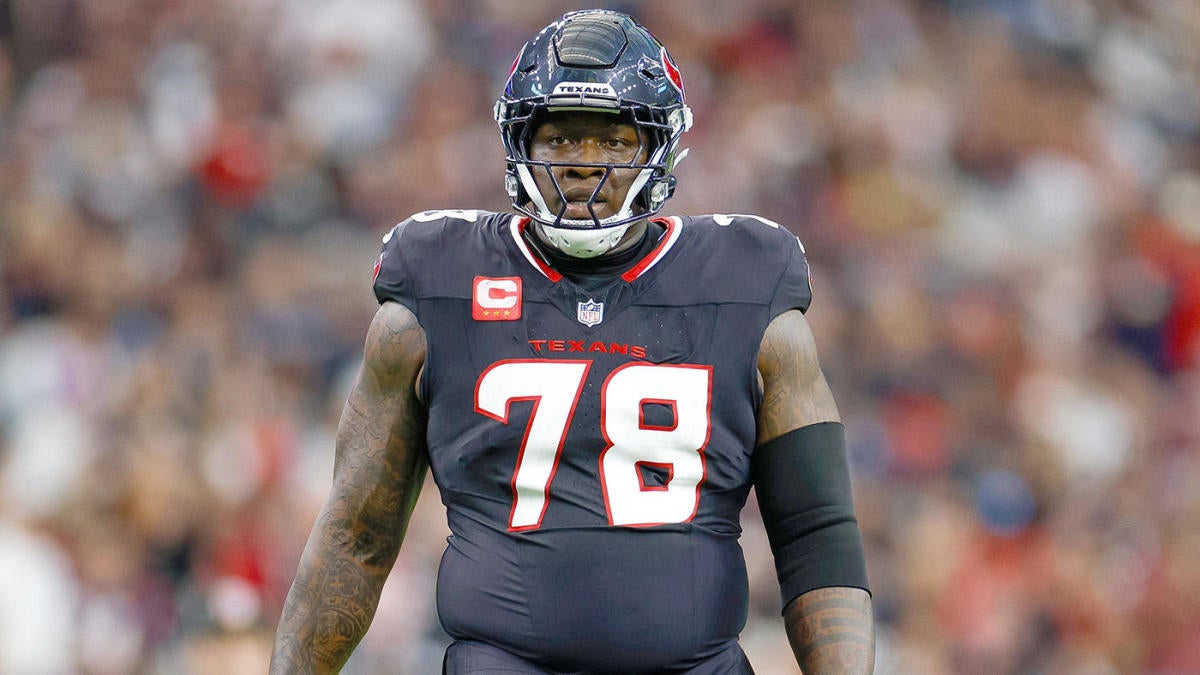
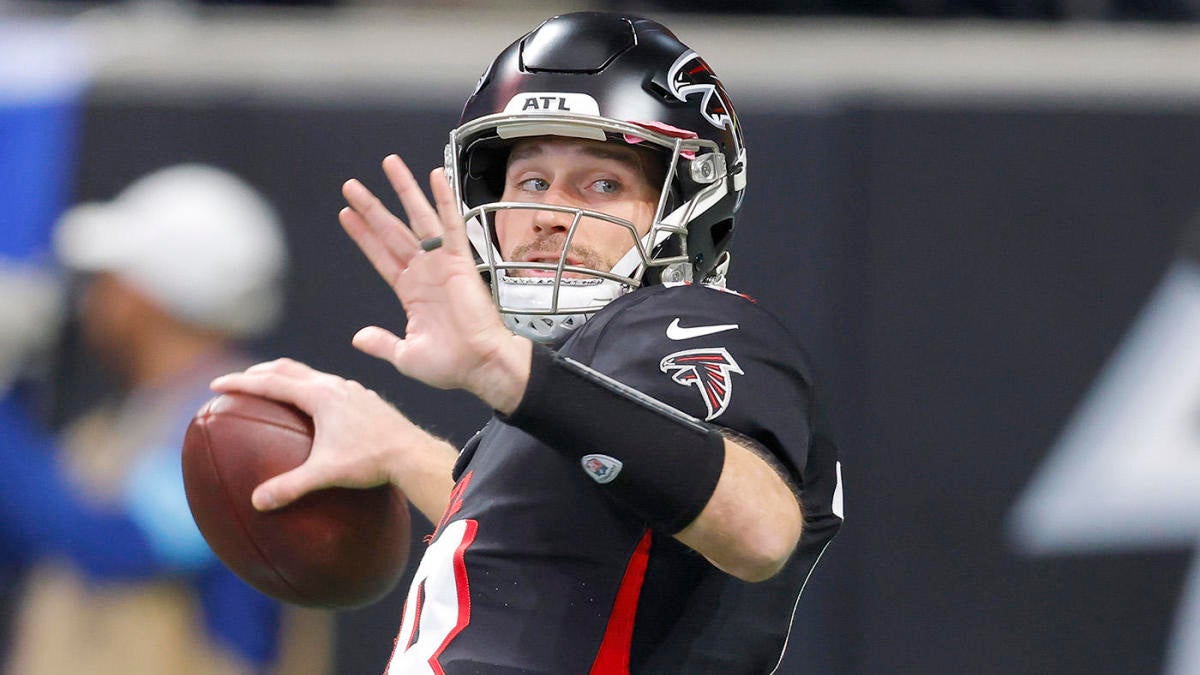
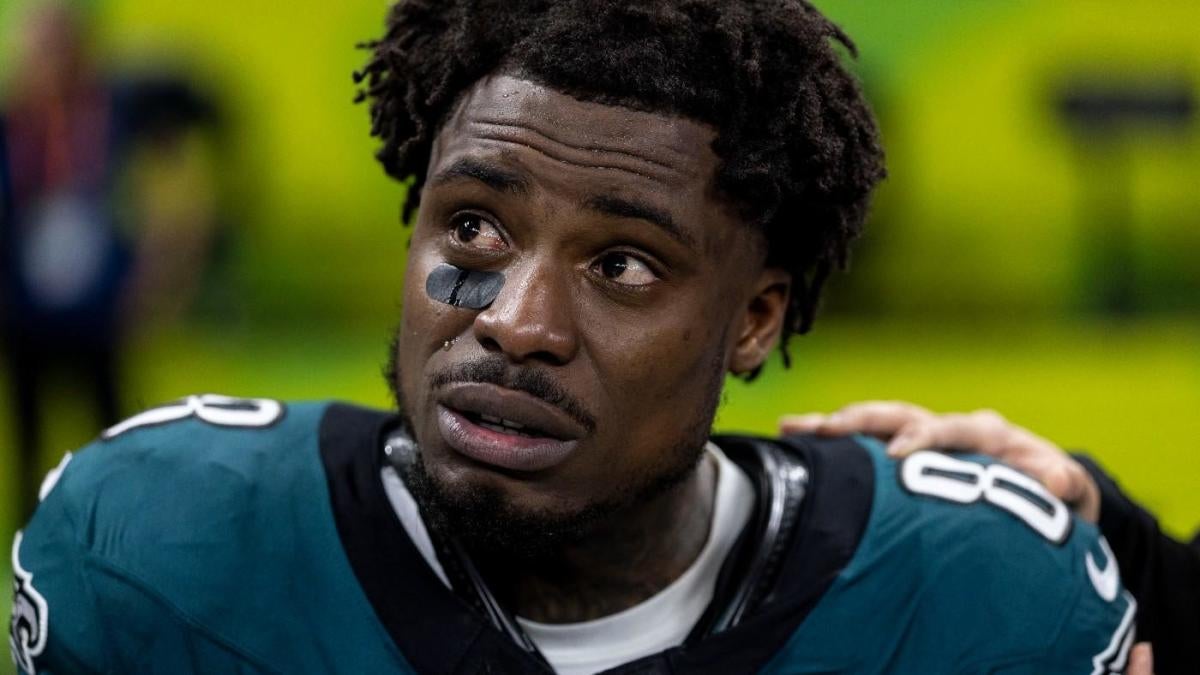
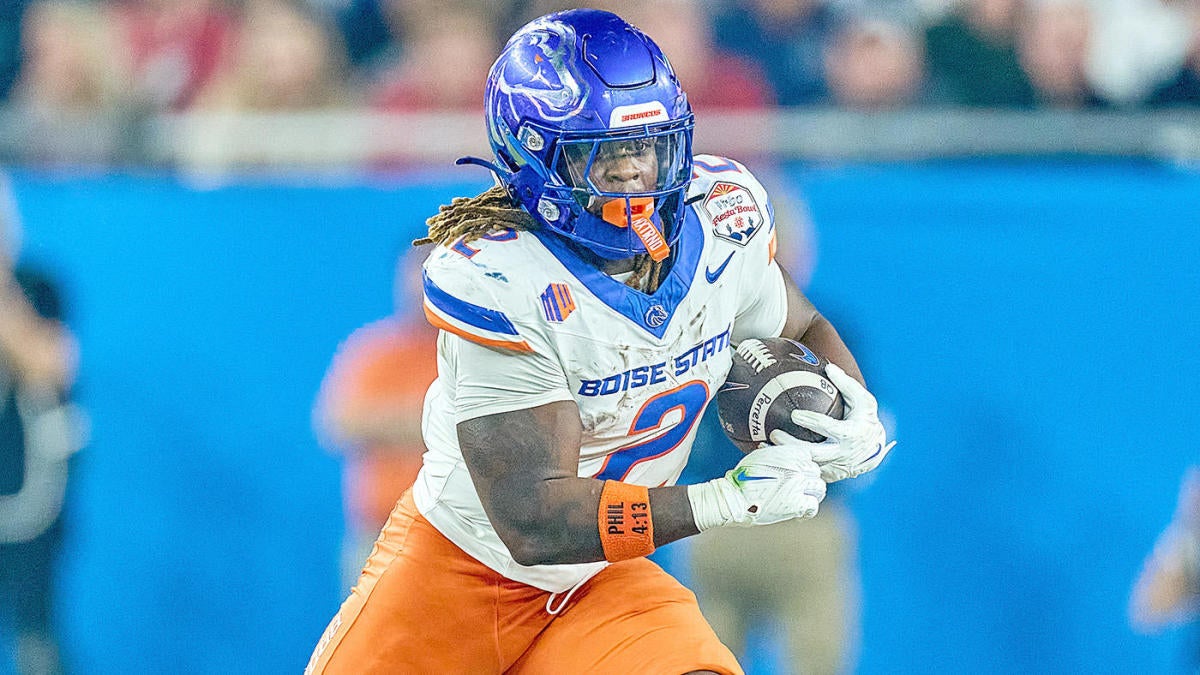
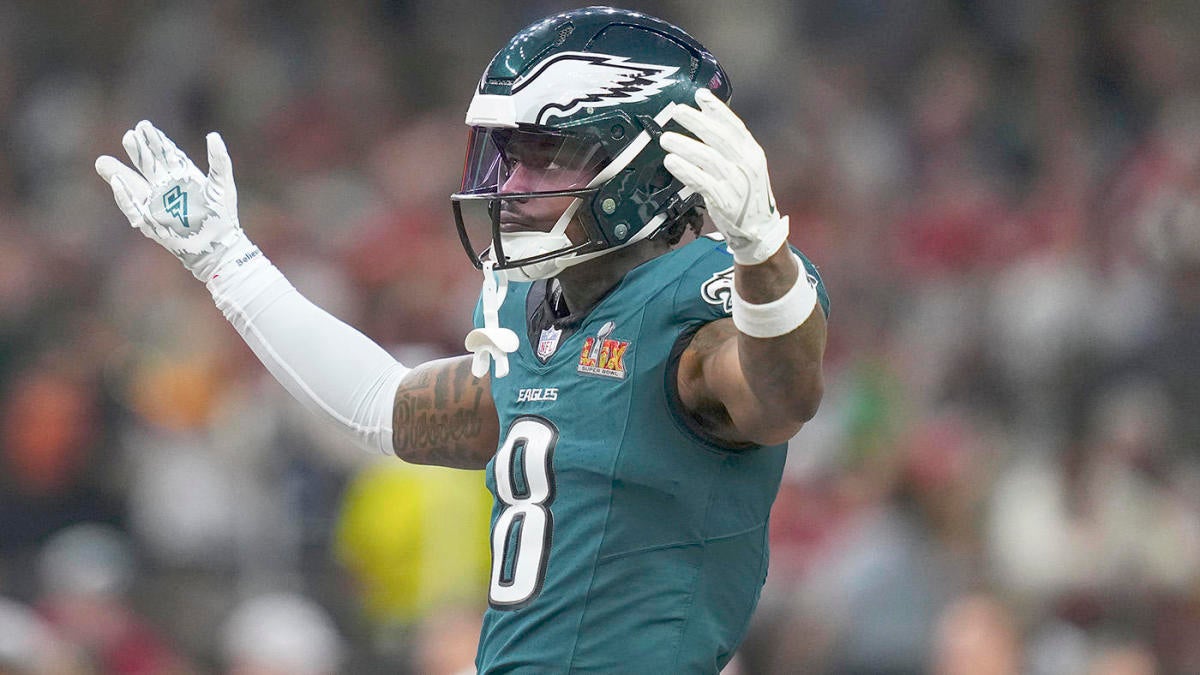
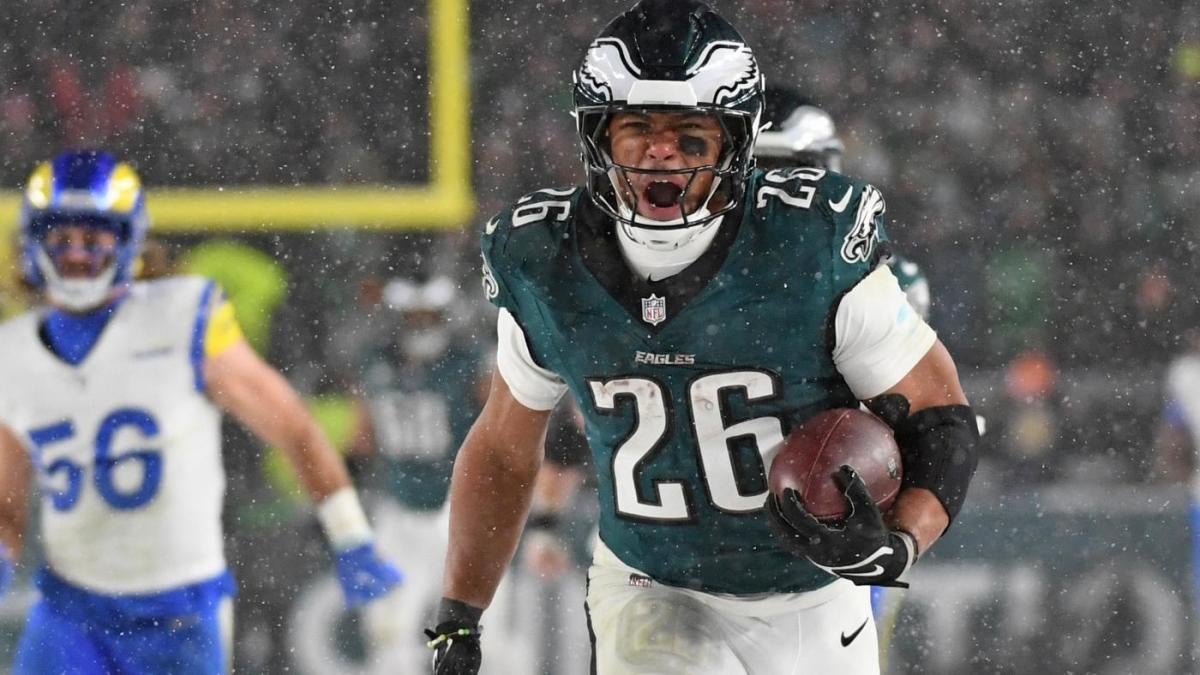
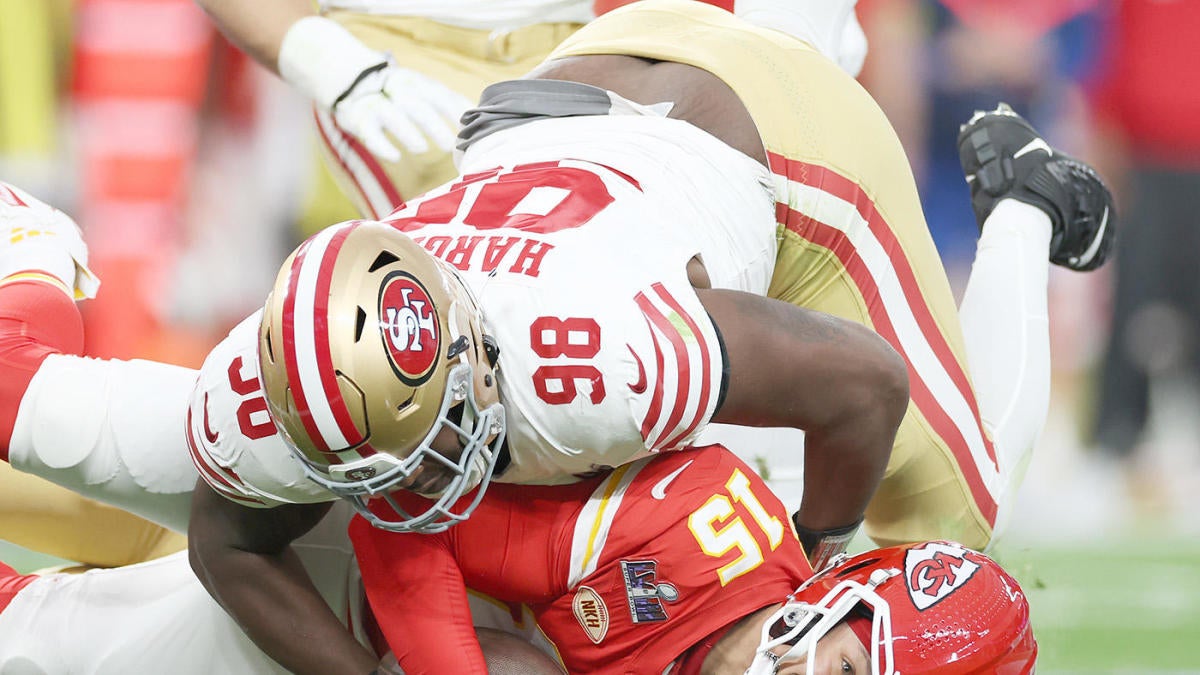
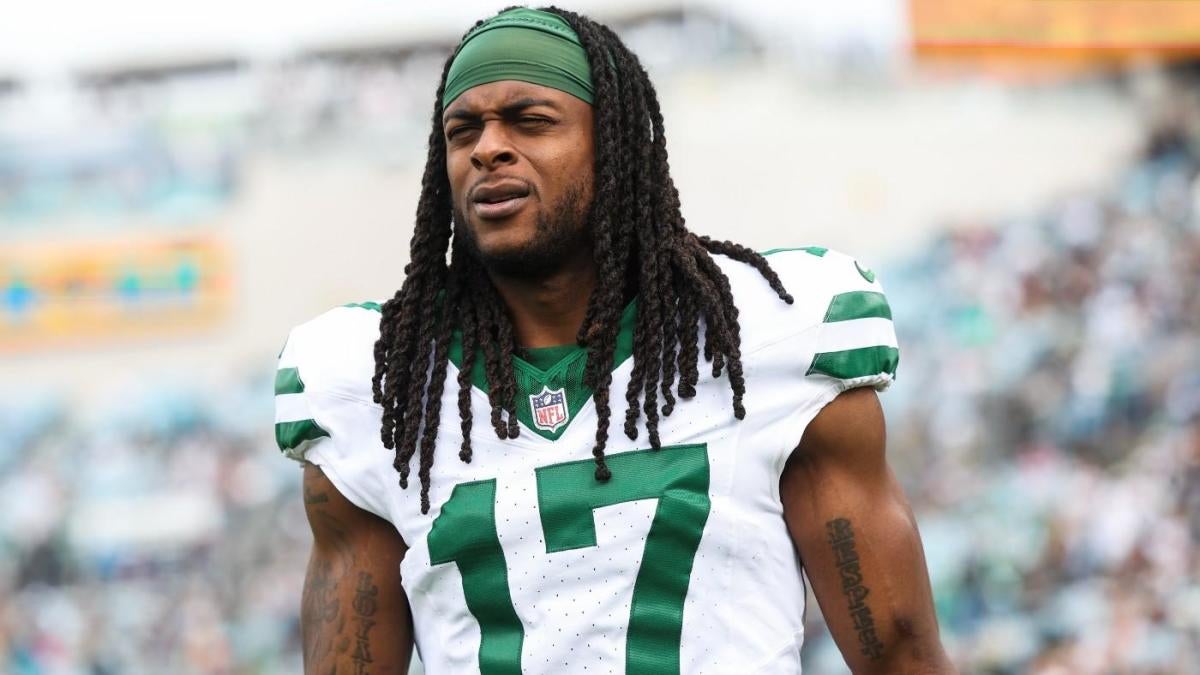
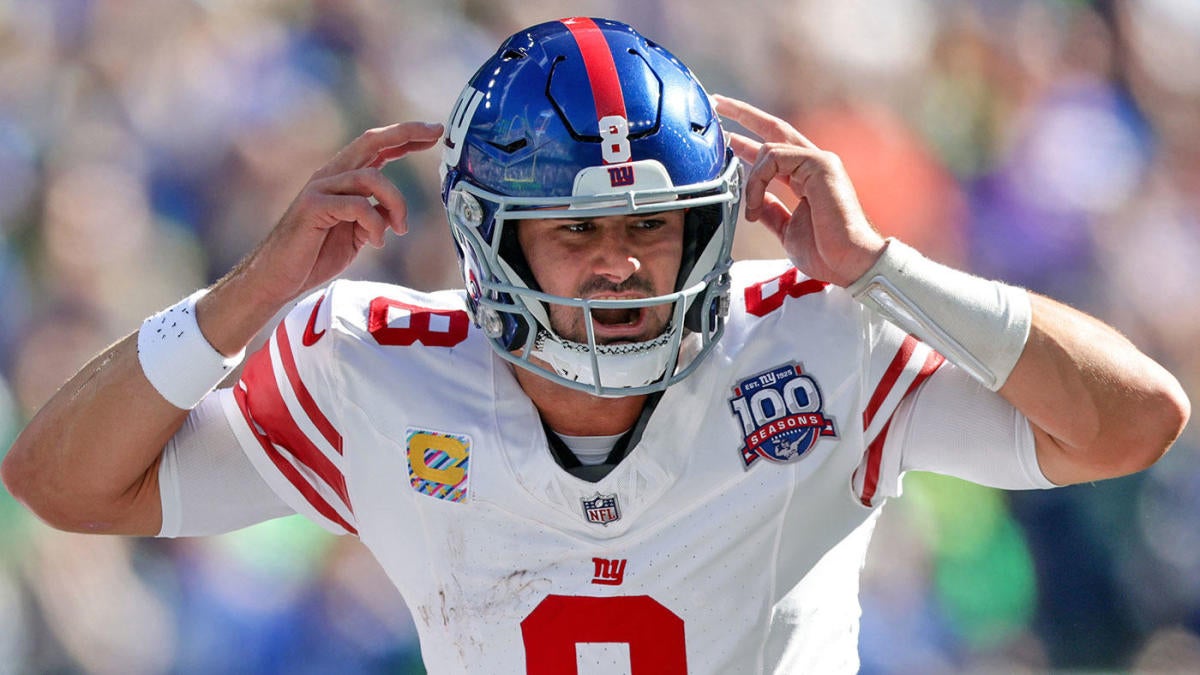
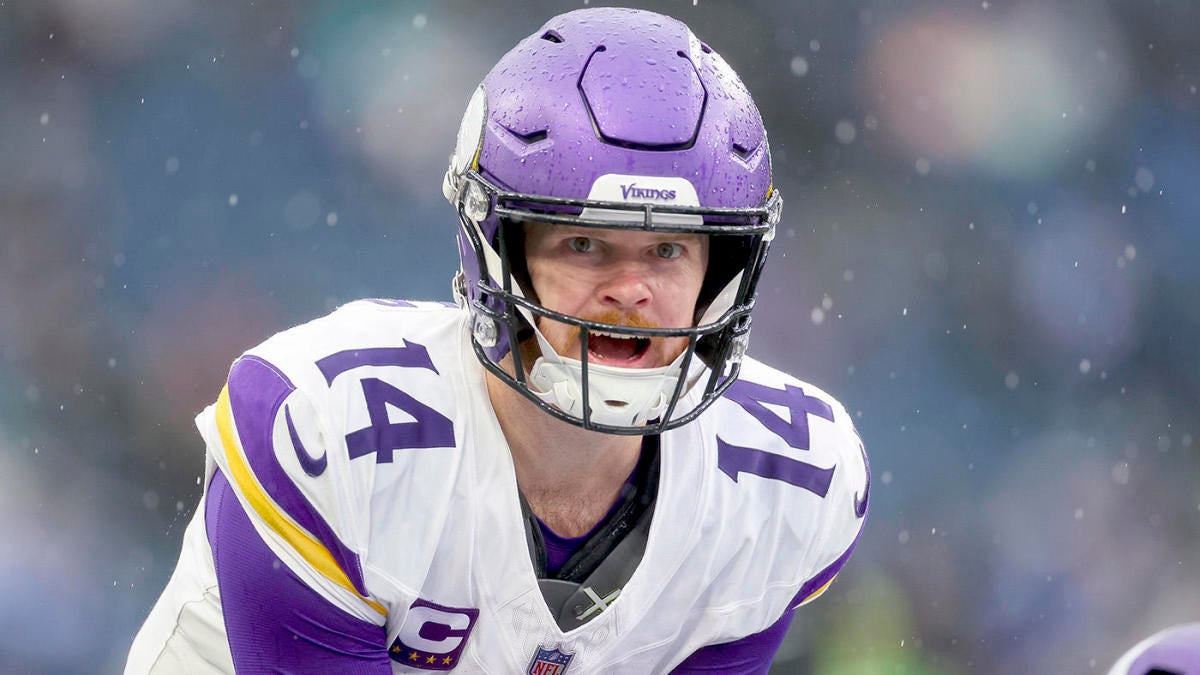

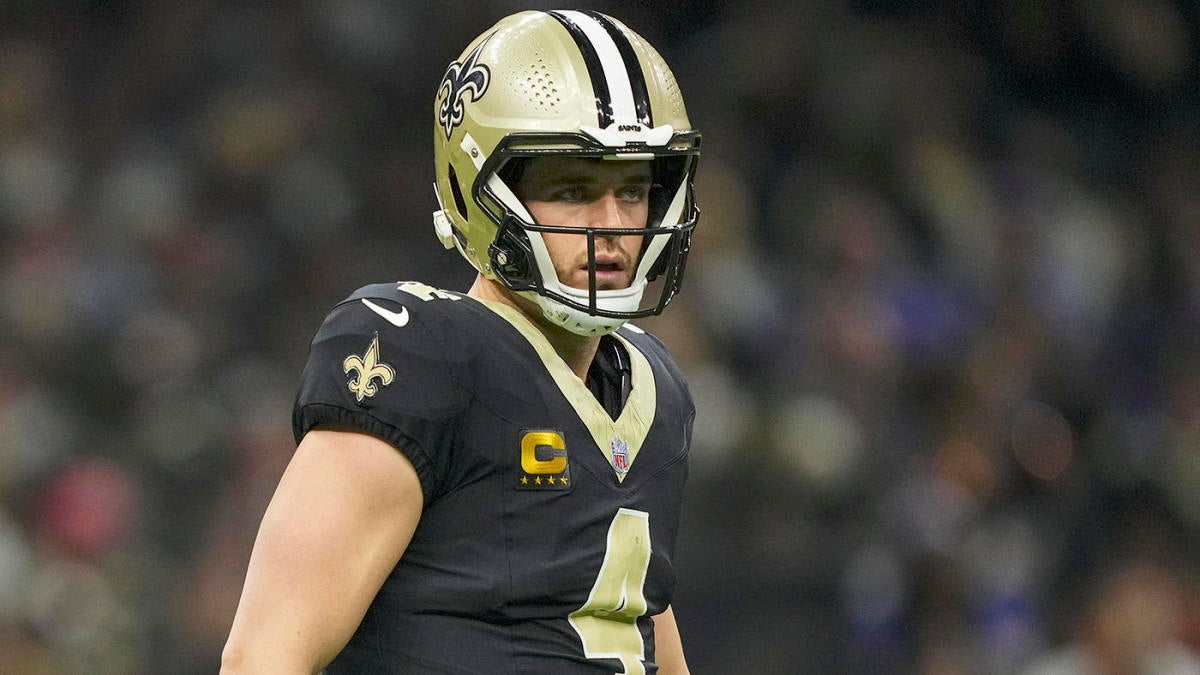
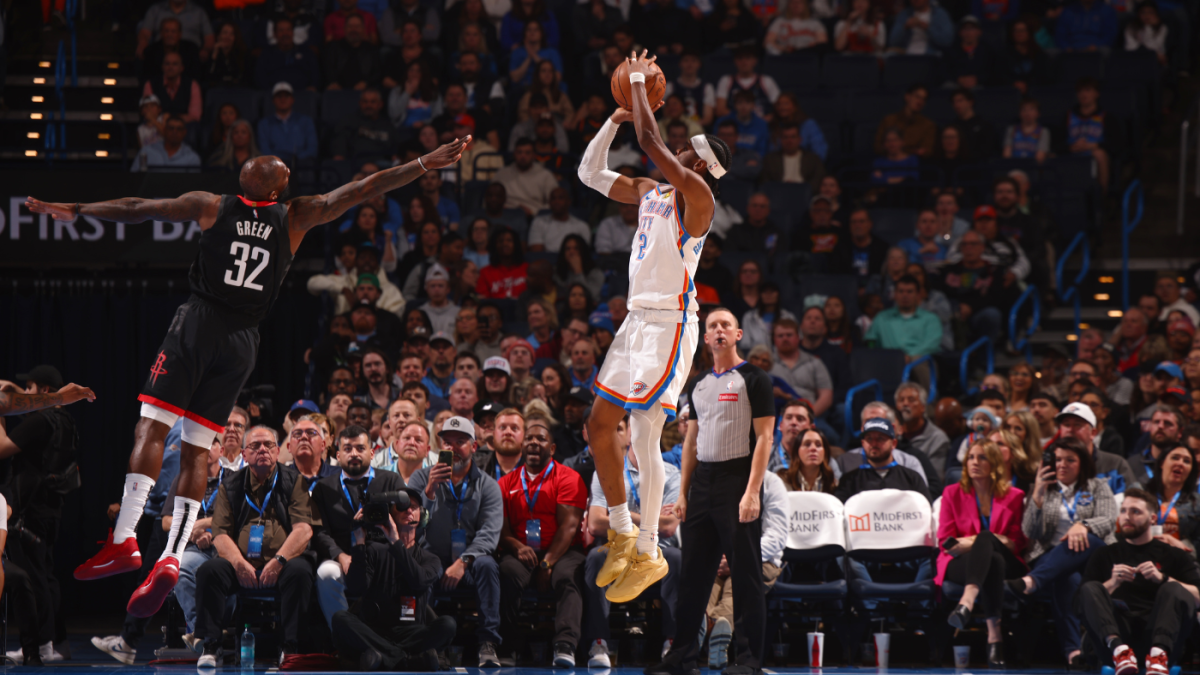



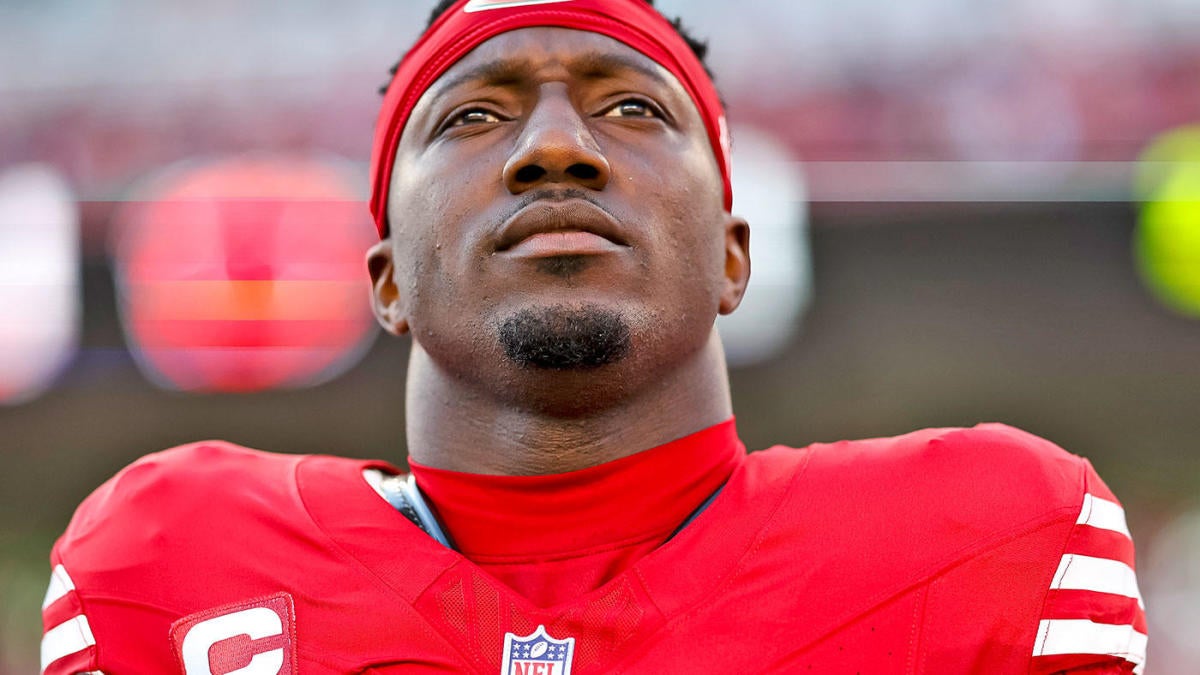
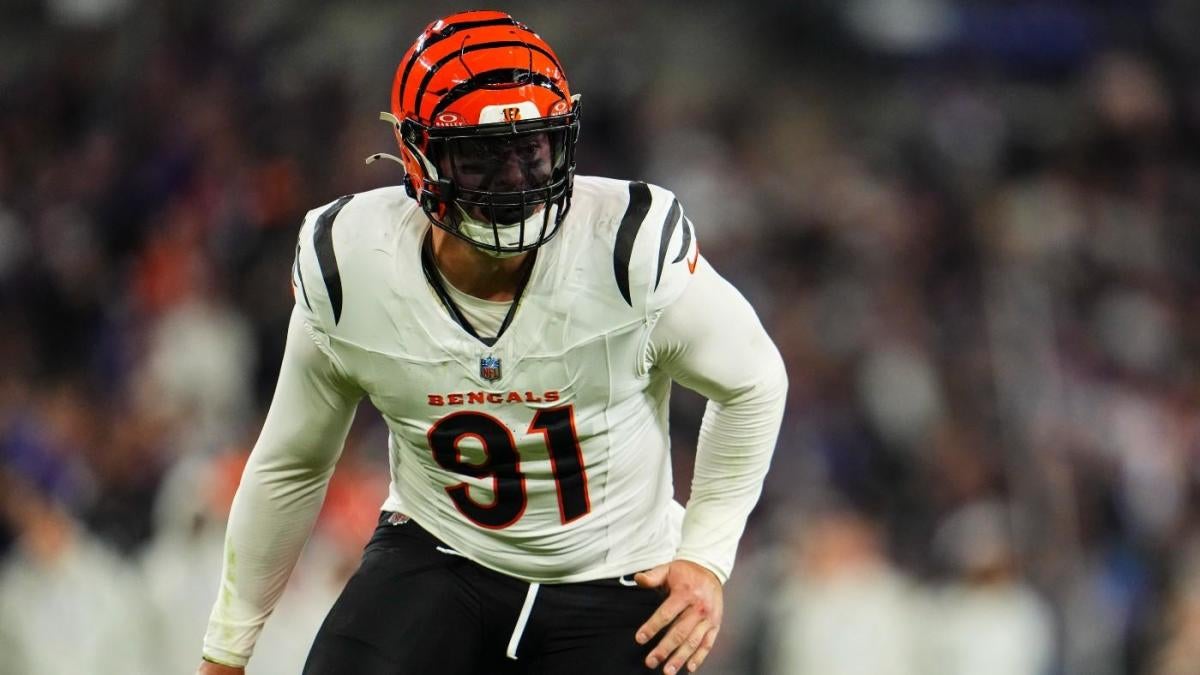
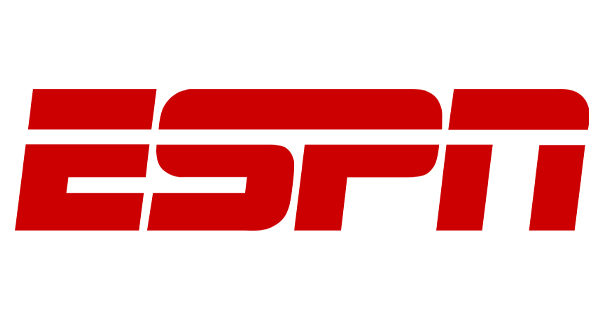
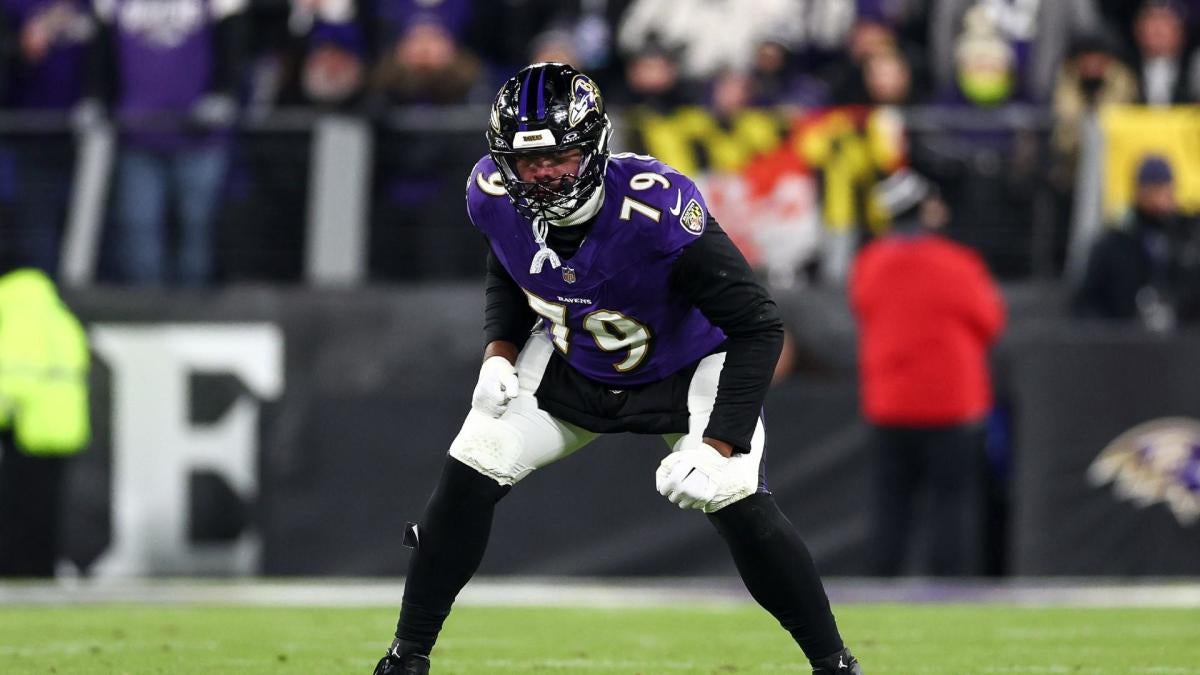


![Rick Pitino on success at St. John's, playing at packed MSG & coaching journey! [FULL] | SC with SVP](https://i1.ytimg.com/vi/LCrP2FsK6mc/hqdefault.jpg)







